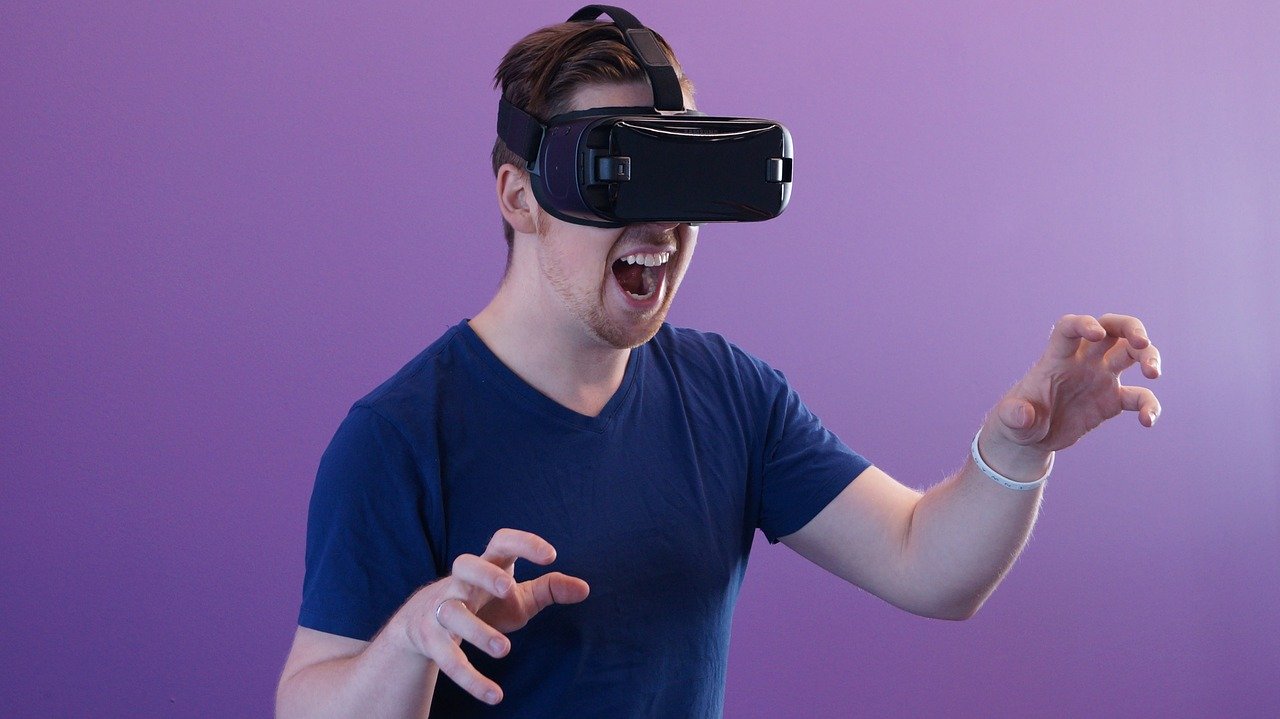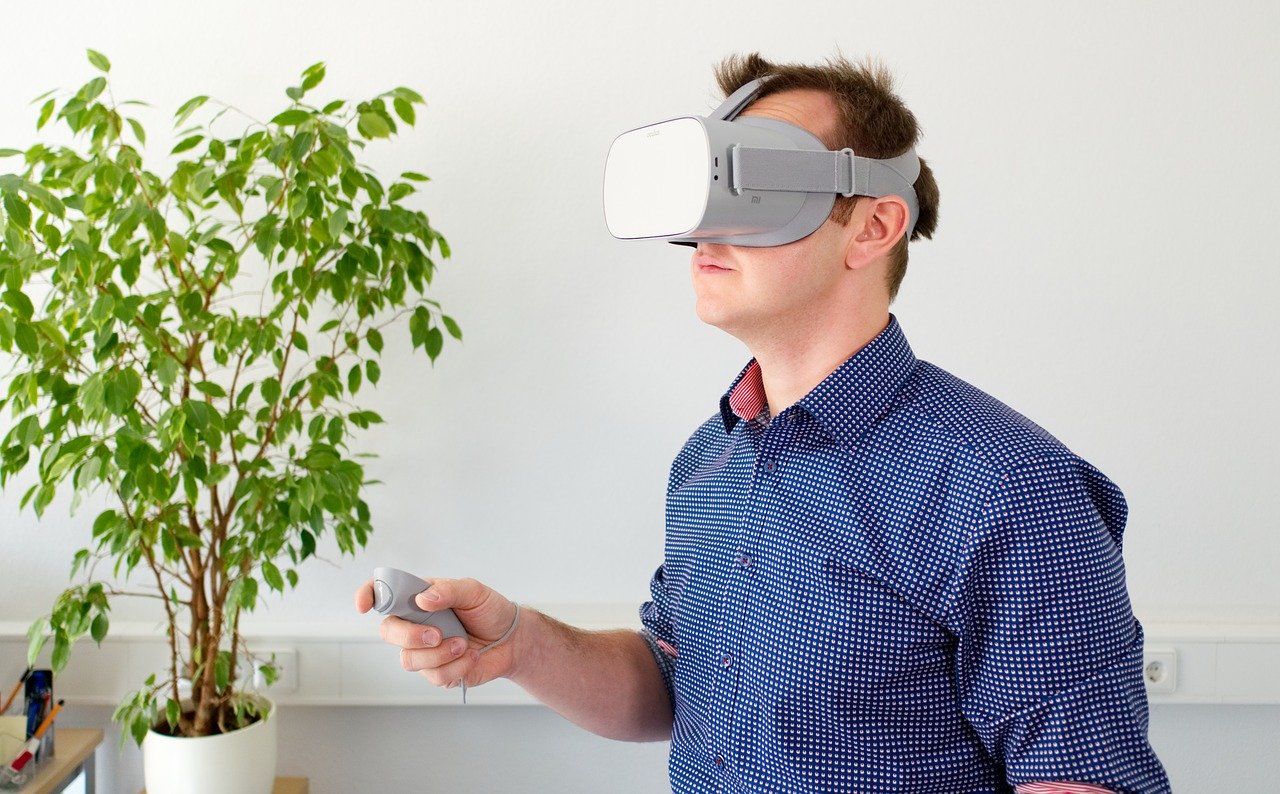Have you heard of cybersickness? Surprisingly, almost all advancement made by technology has been delivered with a lot of negatives.
Virtual reality sessions can be very interesting and enjoyable. But many often feel dizzy or woozy after each session. This feeling is referred to as cybersickness.
In this article, we are going to explore more details about cybersickness, we will get a better understanding of what this condition involves.
We will also consider the cause and effects of cybersickness. You deserve better health, the information provided in this article will help you understand the side effect of virtual reality, and how it impacts your health.
What is cybersickness?
As earlier stated, a virtual reality session is filled with fun, yet many are rendered uncomfortable after each session.
Cybersickness can be very dangerous and impactful; in many, it often results in feeling dizzy, nausea. It is closely related to other illnesses like motion sickness or seasickness.
This sickness has been affecting millions of people around the world. Many refer to this sickness as one that results from using a computer display.
Cybersickness is mostly caused as a result of the sensory conflict. This conflict occurs when information received with the eye does not correspond to those received by other senses.
When that of other senses challenges the information received by the eye, it results in cybersickness. This discoordination is only identified by the vestibular system, which oversees our special orientation and sense of balance.
Virtual Reality Technology
 Virtual Reality (VR) technology is one technology that makes you feel present in a real or imagined environment. Head-Mounted Display (HMD) is the means through which you are immersed in this environment.
Virtual Reality (VR) technology is one technology that makes you feel present in a real or imagined environment. Head-Mounted Display (HMD) is the means through which you are immersed in this environment.
Thanks to the development of such technology, humans can now learn, relax, and communicate better with others, even if they are not there in person.
It is no surprise that virtual reality technology is used in almost all fields, and it has been used for training and medical rehabilitation.
Many have preferred using virtual reality for some complex skills training that can be extremely dangerous if done in real life.
Even with these positives, virtual reality has led to the spread of Cybersickness. This sickness has stained the amazing function and beauty of Virtual Reality technology.
Symptoms of cybersickness
Cybersickness, while it is new, comes with symptoms that can easily be identified. Most of the symptoms are related to symptoms of motion sickness, which is another type of sickness.
Symptoms of cybersickness include; nausea, eye discomfort, disorientation, dizziness, etc. Unlike motion sickness, which often occurs as a result of mismatching what the eye sees and what other senses signal, cybersickness does not require physical movement for its effect to be felt. Irrespective of your position, you can experience cybersickness.
The symptoms of cybersickness can be long-lasting, and the severity of each episode may vary depending on several factors.
The effect of cybersickness has led to a significant reduction in the use of HMD VR by consumers all around the world. While cybersickness is a serious problem, it is one that comes with a lot of solutions. It is possible to develop both hardware and software that can help address this sickness.
Why do many feel cybersickness?
There are several reasons why humans experience cybersickness. Let us explore some of the reasons why you might experience cybersickness when using VR.
1. Poison Theory
This is one popular theory provided by experts. This theory suggests that cybersickness is one way the central body system tends to protect the body from dangers, the same way this system does with poison.
2. Eye-Movement Theory
This is another theory that suggests that when the movement of the eye is not regular, or when this movement is inappropriate, cybersickness is given birth to.
Inappropriate movement often occurs due to straining of the eye, or as a result of not being able to focus.
3. Display Lag
This is one of the most accepted explanations for cybersickness. When using virtual reality, the delay in the visual scene observed in comparison to the virtual scene, and the stress of keeping up with the movement in the VR gives birth to cybersickness.
The first designs of HMDs are known for lagging seriously. These lags experienced by users seriously contributed to cybersickness.
Advancement in technology has led to an improvement in the design of HMD devices over the years. Users now have to worry less about lagging when using HMD. There are chances that latency spikes can still bring waves of cybersickness for users of this device.
Understanding the effect of lag on cybersickness
Experts are now extensively studying HMD to understand how it affects cybersickness. Since there are fast-loading HMDs, it is easier to conduct studies that will make identifying the severity of lag easier.
HMDs can now be dismantled and rearranged with the introduction of lag in the reconstruction. Researchers can now monitor the effect of lagging on cybersickness gradually.
To help clearly understand how to measure the possibility of experiencing cybersickness, experts have kept conducting numerous researches. The result of this researches has shed more light on other factors that can cause cybersickness.
A high level of scene instability is another reason why viewers might experience cybersickness. When using HMDs, you are likely to keep turning and rotating your head virtually more than you will in reality. Each time the character in the VR moves their head, users also tend to tilt their heads in the same direction.
Such movement cannot be spot on both in space and time used when reaching this new position, when compared to one in the VR. The virtual environment also moves and becomes unstable in VR; this is not the case in real life as the ground does not move or tilt.
Why do viewers observe an unstable environment?
 Have you ever wondered why users notice unstable ground while using VR?
Have you ever wondered why users notice unstable ground while using VR?
This boils down to the angular difference between the virtual head and physical head—this difference in virtual to physically delivered results leads to creating an illusion that the environment is unstable.
In the long run, such feelings contribute to the severity of cybersickness.
Improving VR and eliminating cybersickness
While VR remains relevant in several sectors, care should be taken to make improvements that will make using this device easier and safer. When cybersickness severity can be measured and tracked, it will be easier to keep users of HMD VR safe and free from cybersickness effects in the long run.
When there is sufficient information to help determine the maximum level of difference in visual to physical that one can be subjected to before they can experience cybersickness, addressing the issue becomes easier.
Thanks to advancements in technology, it is easier to predict the likelihood and track cybersickness with the latest tools from the field of technology.
Suppose there could be development in terms of an application that monitors one’s well being, or one that records and signifies when you have a less interesting virtual reality experience. In that case, it will be easier to handle the stress and troubles of virtual reality, and essentially cybersickness.
It is important to address such problems now, as virtual reality technologies are quickly becoming common and available. Being proactive now will help ensure that many are not becoming cyber sick.
Conclusion
While the development so far has been excellent in monitoring virtual reality experience, improvement in the future will make virtual reality more useful in all fields. It will help it carry fewer side effects.
Stan is a senior editor at RCDrone101.com; he is a professional blogger and loves to write on topics related to Gadgets, Technology, and Robotics. He likes to travel and explore new places and he also loves to spend his spare time with his family.
